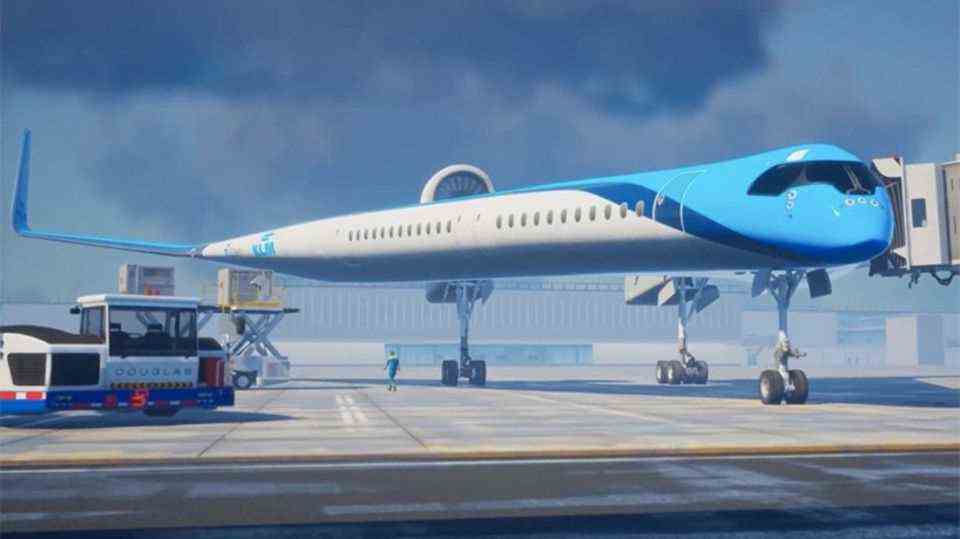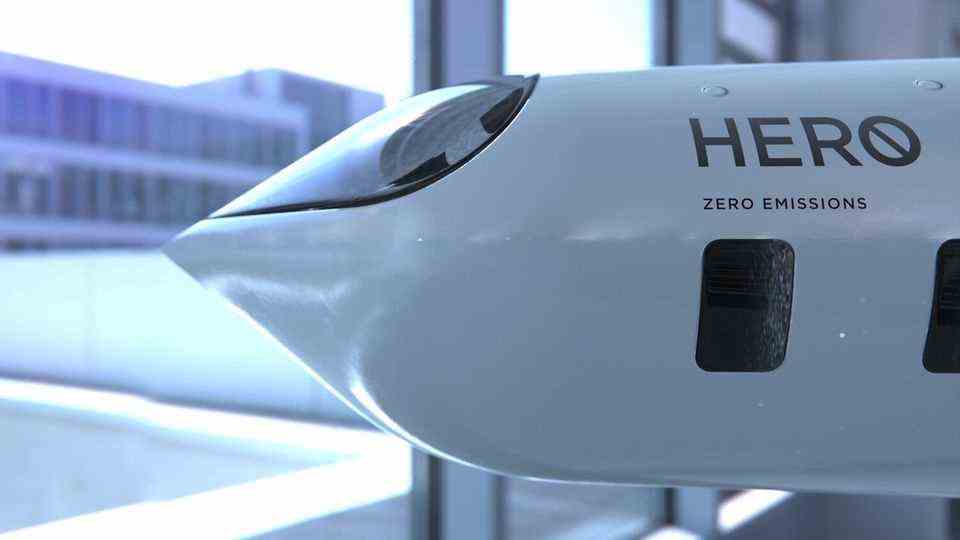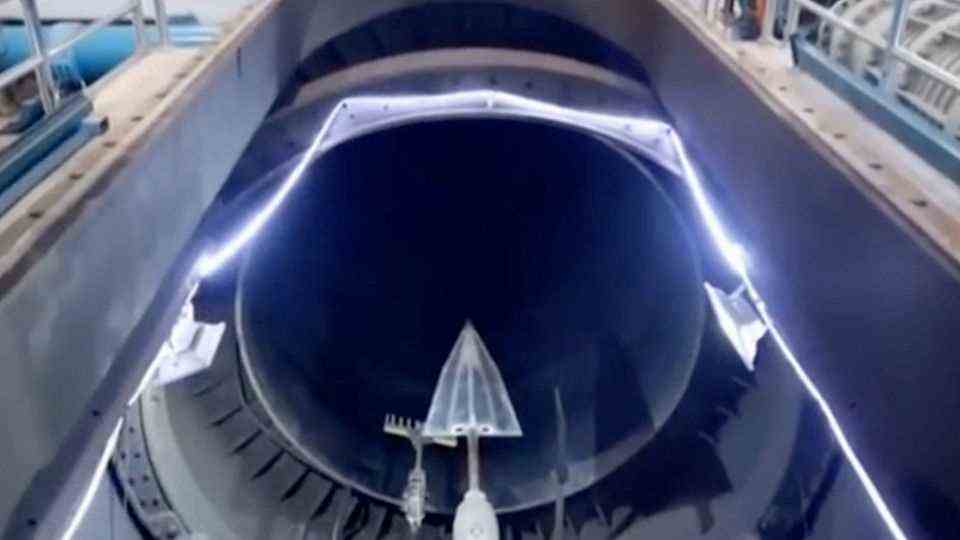Armament
China shocks with hypersonic weapons: Gleiter launches second missile in flight for the first time
The rocket was launched from the Wenchang Space Center.
© Guo Wenbin / Picture Alliance
Beijing is said to have succeeded in launching a second rocket from a glider during the hypersonic phase, according to US experts. With this, China has technically left Russia and the USA far behind.
Hypersonic has been the great armament trend of the superpowers for a number of years, also because Putin’s Russia rushed ahead here and imported weapons of this kind before the United States. Now China is said to have left all its competitors far behind. Beijing carried out a hypersonic test in June. That alone is nothing special. But the Chinese managed to fire another hypersonic missile from their hypersonic glider, reports the “Financial Times”.
Maneuvers at high speeds
What’s so unusual about that? Hypersonic gliders move at a speed of at least five times the speed of sound, but Mach 12 has also already been reached. In order not to burn up in the atmosphere, they are surrounded by a plasma envelope. For a long time it was believed that it was impossible to exchange data with such a glider and to control it – both have now been achieved. With the launching or firing of another body at this speed, another hurdle was cleared.
In the future, a fully functional fighter aircraft with hypersonic speed should become possible for Beijing. US experts are puzzling over how the Chinese managed this feat, according to the “FT”.
Nuclear armament
In the first step, it means that Beijing can build a hypersonic glider that can release hypersonic missiles with warheads at extreme speeds, which then attack the actual target. Defensive weapons that protect the glider from interceptor missiles are also conceivable. In both cases it would currently be impossible to intercept an attack by such a glider. In addition, the range of the glider is far greater than that of a ballistic missile. In order to hit targets in the USA, the launcher does not have to take the route via the North Pole; US missile defense focuses on this route. It could also approach over the South Pole. Similar to the Russian avant-garde glider, the Chinese system will not have to approach the target on a direct course, but will be able to fly hooks and bows.
Overtaking after catching up
So far, the People’s Republic is still in a technological race to catch up – militarily and civilly. But with such projects Beijing no longer “copies” anyone and takes over the technological leadership itself. For the USA these are alarming signs. Also because a comprehensive modernization and expansion of the nuclear arsenal of the People’s Republic is expected. Currently, China has very few nuclear warheads compared to Russia and the US. For reasons of status, Beijing will catch up, but also to counterbalance the nuclear threat posed by the USA. It is unlikely that Beijing will stock up on old missiles.
Much more threatening is the vision that the nuclear forces will be brought to a new technological level in every respect. For example with the tested hypersonic glider. So far, the US has always been arming itself against economically much weaker opponents, but unlike Russia, the Chinese People’s Liberation Army can rely on a strong economy. Western experts assume that China will overtake the USA in terms of gross national product in 2028, and will then also be nominally the strongest economy in the world. A unique and new challenge for the USA. General Mark Milley, chairman of the US Joint Chiefs of Staff, called the weapons test a “Sputnik moment” and alluded to the Russian lead in 1957 when the USSR managed to launch a satellite off the US.
Source: FT





